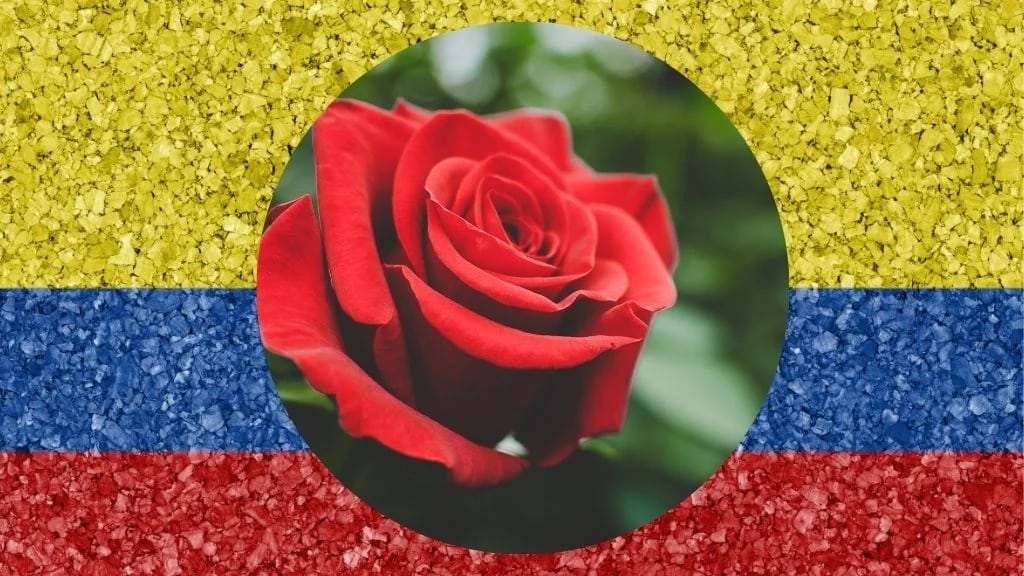Our geographical location, the quality of our soils and the dedicated work of our flower growers are behind the second largest exporter of plants or flowers in the world.
Colombia has been exporting plants or flowers for 40 years and is both the main supplier to the United States and the world’s leading producer and exporter of carnations. 6,800 hectares are used for standard export cultivation, 75% of which are located in the Bogotá savannah, 15% in Antioquia and the remaining 5% in the middle east of the country.
When people around the world ask for roses, carnations, orchids, astromelias, chrysanthemums, heliconias or anthuriums, the country that comes to mind is Colombia; these and many other varieties of plants or flowers complete its portfolio of export flowers. Colombian plants or flowers reach more than 98 countries in the world; the main importers of Colombian plants or flowers are Japan, with 3.8%; the United Kingdom, with 4.1%; Russia, with 5% and the United States, the main client of Colombian flowers, which imports 76% of the national production.
Within the national economy, floriculture contributes around 7% to the agricultural GDP, with more than 120,000 direct jobs, 25% of which are held by women workers.
The main export date for Colombian plants or flowers is Valentine’s Day, celebrated on 14 February, when 500 million flowers leave the country, especially roses, carnations and orchids.
The quality of its plants or flowers and the combined efforts of the flower industry have led the country to second place in global exports in the sector, with the vast majority of flower production, around 97%, being exported to the retail trade.
That is why, on dates such as Valentine’s Day, Colombia is one of the world leaders in the production and export of one of the best-selling products for this celebration.
Valentine’s Day numbers
For one day alone, 14 February, Valentine’s Day alone accounts for 12% of the annual flower production; that is 1.5 million boxes of around half a billion cut flowers travelling to the world’s major markets.
For the February season, ten thousand additional jobs will be created to meet the increase in production. This data, provided by Asocolflores (Colombian Association of Flower Exporters) reinforces the importance of floriculture in the national economy.
Valentine’s Day in 2021
For growers and most plant or flower traders, a sense of satisfaction prevails everywhere in the world. Demand seems to have outstripped supply and therefore prices were higher, especially on the open market, as many buyers did not dare to place orders too early, due to the uncertainties caused by COVID-19. In addition, Valentine’s Day fell on a Sunday this year, which is historically not a good day. Colombia and Kenya had favourable weather conditions, while Ecuador had several weather problems that made production a bit late this year. The main challenge for all producers around the world was logistics; those who had organised themselves well were the winners.
The international market for plants or flowers is an important global player and an economic activity that stands out both in terms of figures and in terms of its contribution to national employment.
FUENTE: In plants or flowers, the answer is Colombia – Plants or Flowers (plantasoflores.com)

